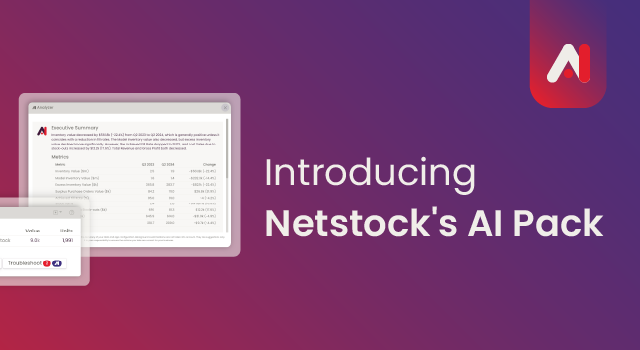Pivot Forecasting empowers small and medium-sized businesses with enterprise-level capabilities for accurate forecasting and predictive planning.
Boston, MA., Netstock is pleased to announce the launch of Pivot Forecasting, a powerful feature that enables small and medium-sized businesses to forecast at levels previously only available with enterprise software solutions. Pivot Forecasting injects predictability into an organization’s planning process and provides demand planners with the ability to dynamically forecast by product, group, sales channel, and by key customers, allowing for top-down, bottom-up, and middle-out forecasting.
Pivot Forecasting offers a depth, interactivity, and intuitiveness that’s unrivaled in the market, and its near-zero integration and out-of-the-box pre-configured dashboards makes implementations quick and easy.
With Pivot Forecasting, teams can dynamically jump between units and currencies in forecasts and change future prices and costs at varying levels. This feature results in predictive forecasts and insights, enabling more collaboration between demand planners, finance, sales and marketing departments.
Key features
- Forecast by product, group, sales channel, and by key customers
- Forecast top-down, bottom-up, and middle-out
- Collaborate with your team to aggregate into a single forecast
- Dynamically jump between units and currencies
- Adjust future prices and costs at varying levels
- Rapidly account and plan for future promotional activities
- Improved causal forecasting through machine learning (ML)
Barry Kukkuk, Netstock’s President and Co-founder states, “Pivot Forecasting enables collaborative and predictive modeling across roles and organizations. Now cross-functional teams can determine the viability of sales and marketing plans through scenario simulation and what-if analyses.” Kukkuk continues, “This enables businesses to easily understand the constraints, limitations, and opportunities within the supply chain, allowing them to recalibrate and react rapidly, minimizing the negative impact of supply chain disruptions.”




